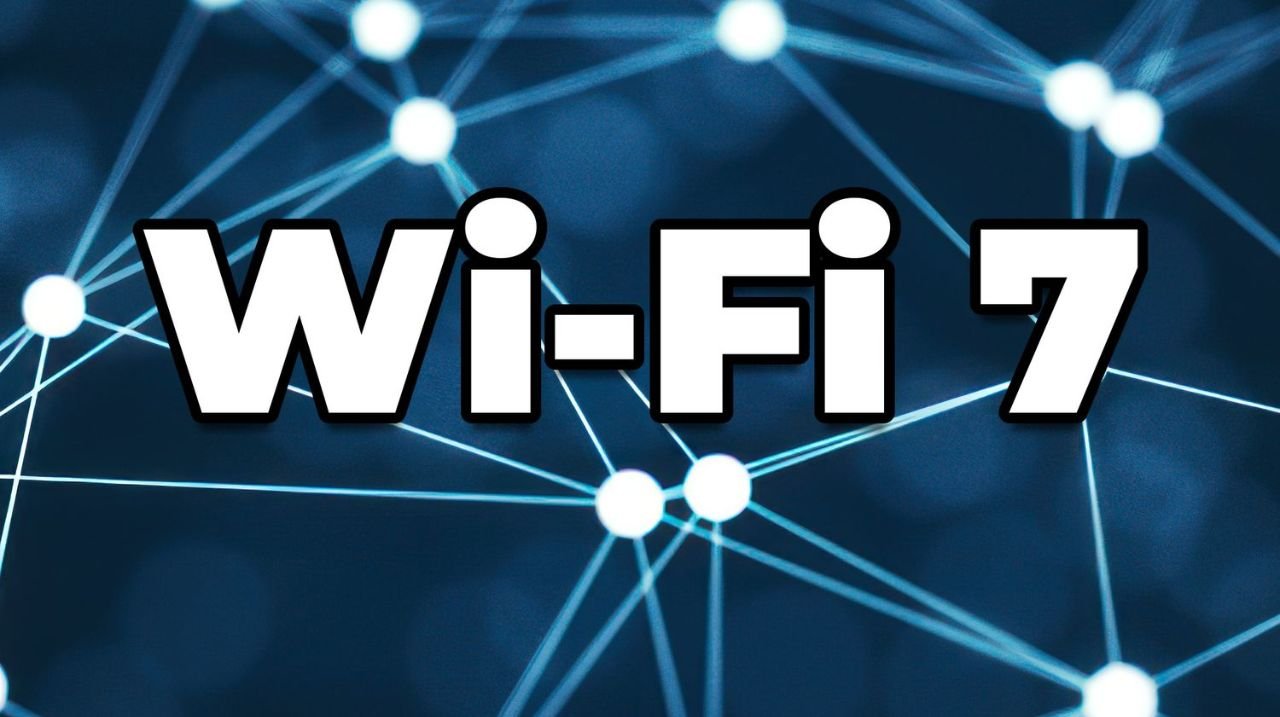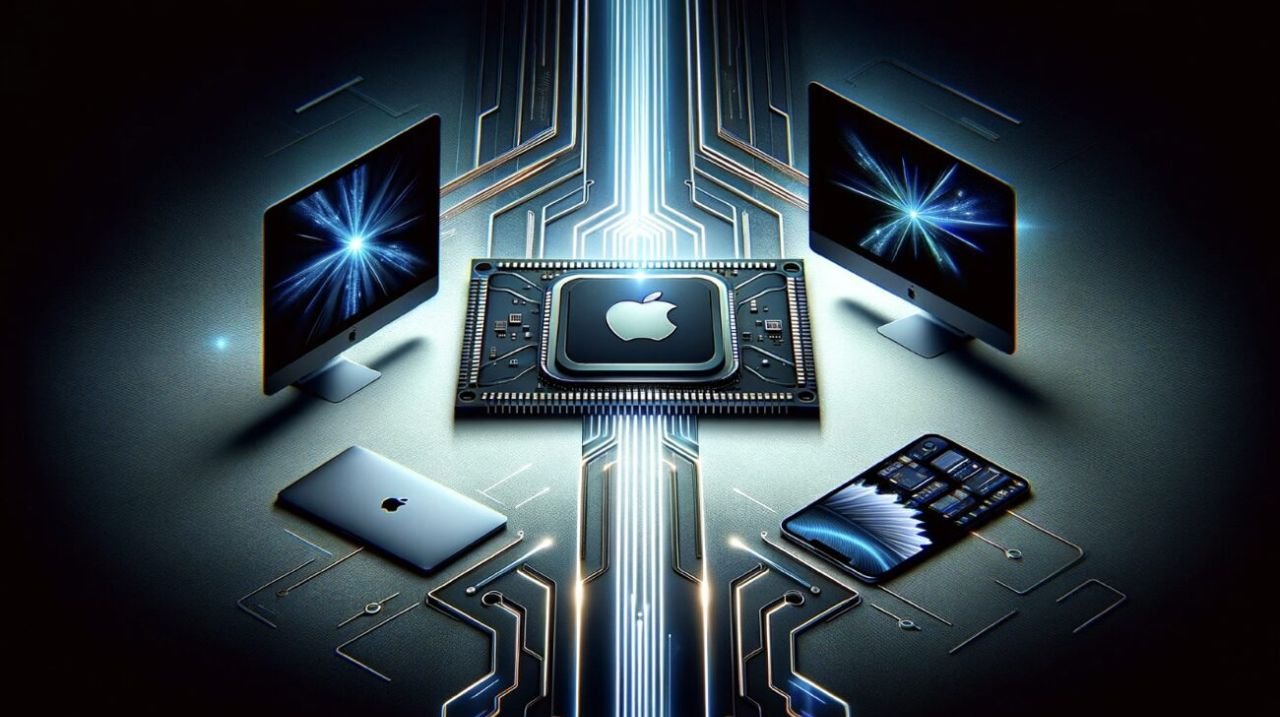5G vs. Wi-Fi 7: The Future of High-Speed Connectivity

As technology advances, the demand for faster and more reliable connectivity continues to grow. Two of the most promising innovations in wireless communication—5G and Wi-Fi 7—are shaping the future of high-speed internet. But how do they compare, and which one is better suited for different applications?
Understanding 5G and Wi-Fi 7
5G: The Mobile Connectivity Revolution
5G is the fifth generation of cellular networks, designed to provide ultra-fast speeds, low latency, and massive device connectivity. It operates across different frequency bands, including millimeter-wave (mmWave), which enables speeds of up to 10 Gbps.
Wi-Fi 7: The Next Leap in Wireless Networking
Wi-Fi 7 builds upon previous Wi-Fi standards, offering peak speeds of up to 46 Gbps. It introduces advanced technologies like multi-user, multiple input, multiple output (MU-MIMO) and orthogonal frequency-division multiple access (OFDMA), optimizing network efficiency.
Key Differences Between 5G and Wi-Fi 7
| Feature | 5G | Wi-Fi 7 |
|---|---|---|
| Speed | Up to 10 Gbps | Up to 46 Gbps |
| Coverage | Wide-area (nationwide) | Localized (homes, offices) |
| Latency | Ultra-low | Improved over Wi-Fi 6 |
| Use Case | Mobile networks, IoT, smart cities | Home, business, gaming, streaming |
| Cost | Requires infrastructure investment | More affordable for local networks |
Which One Is Better?
Both 5G and Wi-Fi 7 serve different purposes. 5G excels in mobility, providing seamless connectivity across vast areas, making it ideal for smart cities, autonomous vehicles, and IoT applications. On the other hand, Wi-Fi 7 is perfect for high-speed indoor networking, offering superior bandwidth for gaming, streaming, and business environments.
The Future of Connectivity
As both technologies continue to evolve, they will complement each other rather than compete. 5G will dominate outdoor and mobile connectivity, while Wi-Fi 7 will enhance indoor experiences. Together, they will shape the future of seamless, high-speed communication.






















